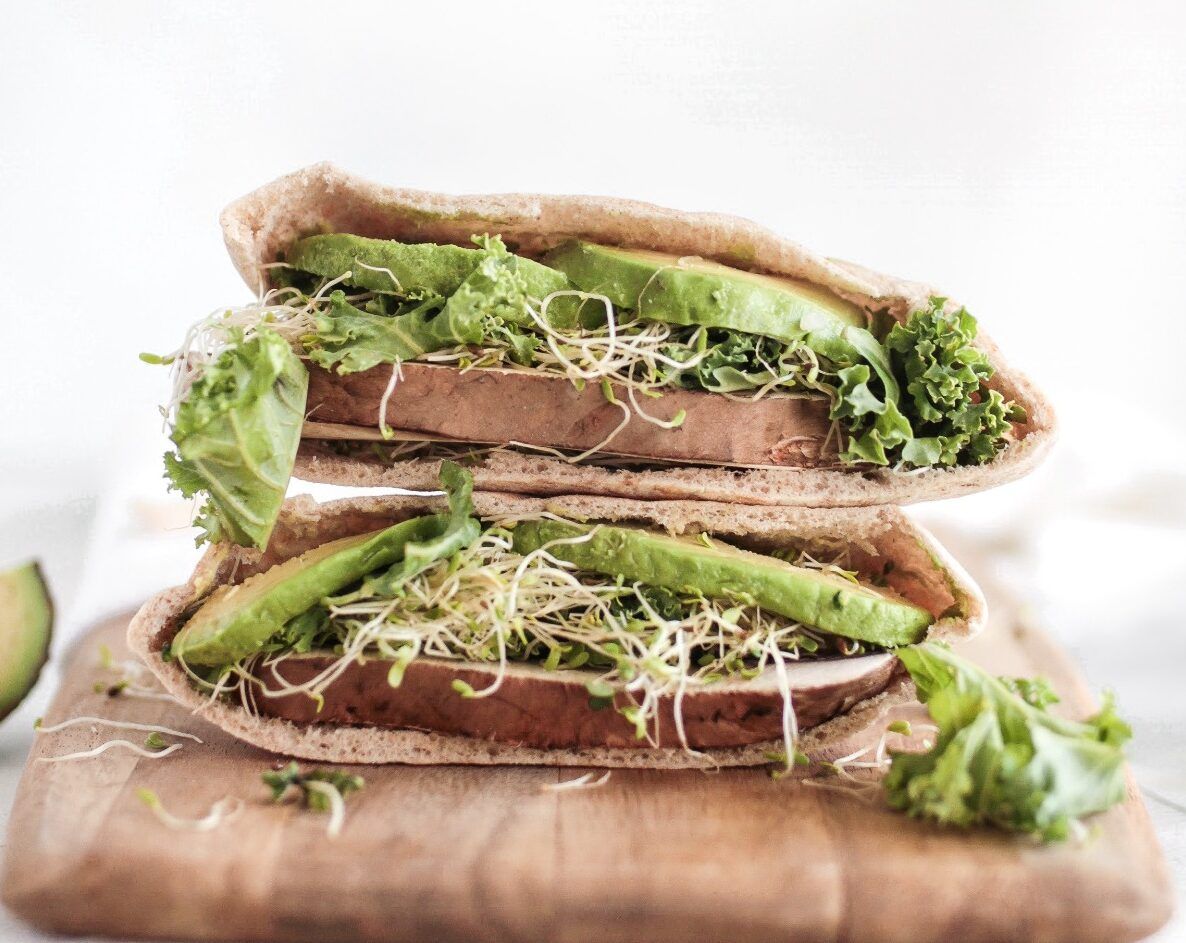
Carb cycling is a diet trend involving low, medium and high-carb days. Carb cycling has gotten popular these past few years because many people attest that it is a quick and effective way to burn fat, control the appetite, curb cravings, and speed up weight loss results. What started as a nutrition technique for athletes and bodybuilders has now become more mainstream. This ‘carb cycling’ diet has an excellent reputation because of many satisfied carb cyclers who lost pounds and inches. Anyone can readily do this, because the simple diet guidelines can be easily adopted by anyone who desires to lose weight and build lean muscle mass for a more toned appearance.
Some people, such as those who follow the Keto or Atkins diet, may frown at the mention of eating carbs – however, carbs are not the enemy. Carbs can be incorporated into a healthy diet. Truth be told, good carbs coming from fruits, vegetables, and whole grains, are a great source of vitamins, minerals, and nutrients. When consumed correctly with proper timing, carbs can fuel your body and do wonders for your health. This is where carb cycling comes into play. Learn more about carb cycling and how it works below:

What Exactly is Carb Cycling?
Carb cycling breaks away from a typical diet because it requires strict adherence to your modified carb cycling plan. In the past, this method was utilized by bodybuilders and serious athletes to drop fat and gain more muscle mass. This technique lives up to its name, as carb cycling entails going back and forth between low-carb and high-carb days. Sometimes, there will be ‘no carb’ days. For example, marathon runners use a high-carb refeed days to store carbs on active days near competition to conserve energy for their long-haul events that need stamina and endurance. And on off-peak times, they do low-carb in hopes that the body will burn fat for fuel instead of carbs.
Today, carb cycling has become extremely popular for individuals who want to jump-start their weight loss, though a lot of the initial weight that comes off is usually water weight. This diet allows you to eat lots of good carbs on certain days. In general, the human body needs carbs, fats, and proteins to function optimally. However, they vary in terms of calorie count because 1 gram of carbs or protein has 4 calories while 1 gram of fat contains 9 calories. In a normal diet, nutrition experts suggest you receive the following calorie intake:
- 50% to 55% carbs
- 10% to 15% proteins
- Less than 28% fats
With carb cycling, however, it is vital to know the good carbs versus the ‘bad’ carbs. Carb cycling is learning to choose and eat what is good for your body. More importantly, it is understanding how to utilize carbs to benefit your health, which entails cycling carbohydrate portions that you consume daily based on your activity levels and goals.
The Difference Between ‘Good’ and ‘Bad’ Carbs
Not all carbs are created equal. Good and healthy carbs are typically found in plant-based foods such as legumes, whole grains, vegetables, and fruits, as well as all-natural dairy products (note: not ice cream). Other forms of carbs such as processed junk foods, cakes, pastries, etc. are not daily staples and must be eaten sparingly. These are ‘bad’ carbs.
During digestion, your body breaks down carbs into glucose or simple sugar. Your body then uses that as fuel for physical activity, organ functions and body movement. However, anything in excess turns into fat. Excessive carbs therefore often lead to excess body fat, and can also result in high blood sugar levels which can trigger cravings and high blood sugar, potentially leading to diabetes.
The goal is therefore to train your body to stop relying on carbs alone, so you could have fewer cravings for carbs, and feel more energetic. One way to do that is to practice carb cycling so your body could potentially morph into an optimal fat-burning machine. To achieve your objectives, take note of the following tips:
- Opt for high-fiber vegetables and fruits
- Select low-fat dairy
- Stick to whole grains
- Consume legumes, including lentils, beans, or peas
- Limit refined products and junk foods with trans fats, additives, and sodium

How Does Carb Cycling Work?
Carb cycling entails oscillating between high to low carb days. For instance, on the days you’re training or exercising with high intensity, you can follow a high-carb day. Since you’re expending so much energy, you could eat 2 to 2.5 grams of carbs per pound of body weight. You can consume more because your body needs fuel. Furthermore, you will burn the carbs during exercise and post-workout afterburn.
Meanwhile, on less active days, you could eat 0.5 grams of carbs per pound of body weight. You can even include a strict no carbohydrates day, too, to maximize results. This means eating less than 30 grams of carbs for the whole day on days you’re less active.
For example, you can plan your week and spend three days consuming low carbs, totalling 100-125 grams per day. After, you spend two days eating high carbs with 175 to 275 grams. Make sure you engage in activity during these days. Then just repeat the cycle. Notably, there are many variations of this diet, allowing you to modify carb intake daily, weekly, or monthly to suit your goals and needs.
For best results with carb cycling, consult with a professional such as a dietician or nutritionist who has experience with carb cycling meal plans.
No matter how much you modify your meal plans, the underlying goal of carb cycling is to manoeuvre your carb intake to meet your body’s changing energy requirements. When you do this, you supply essential glycogen from glucose to your muscles which inhibit the rate of muscle breakdown during hard workouts. Meanwhile, on low or no carb days, the body burns fat for energy requirements. The amount of carbs a person consumes on this diet varies based on the individual’s needs which include:
- Vital statistics
- Nutritional requirements
- Fitness objectives
- Activity levels
Pros of Carb Cycling
There are some benefits of giving your body breaks from carbs, and other pros of carb cycling. For example, research indicates that consuming more healthy fats and proteins (and less carbs) makes you feel full longer. It also limits the onset of hypoglycemia, which is a drop in the body’s blood sugar. When this happens you feel hungry and crave more food. Thus, cutting carbs can help reduce hunger pangs, help control your appetite, and reduce the risk of excess calorie intake.
Carb cycling also helps your body get more efficient at burning fat, since when there’s no access to carbs for fuel, your body will burn fat for energy.
Carb cycling therefore can help with weight loss, fat loss, and appetite control while also improving your body’s insulin sensitivity.
What’s the Optimal Diet For You Based on Your Genetics?
Your DNA can tell you a lot about the optimal diet for you. For example, based on your genetics, a high or low carb diet may be more suitable for you. To find out your genetic sensitivity to carbs and the optimal diet for you based on your DNA, take a CircleDNA test. Of the hundreds of reports you get from CircleDNA, many are diet and nutrition reports based on your genetic makeup.
